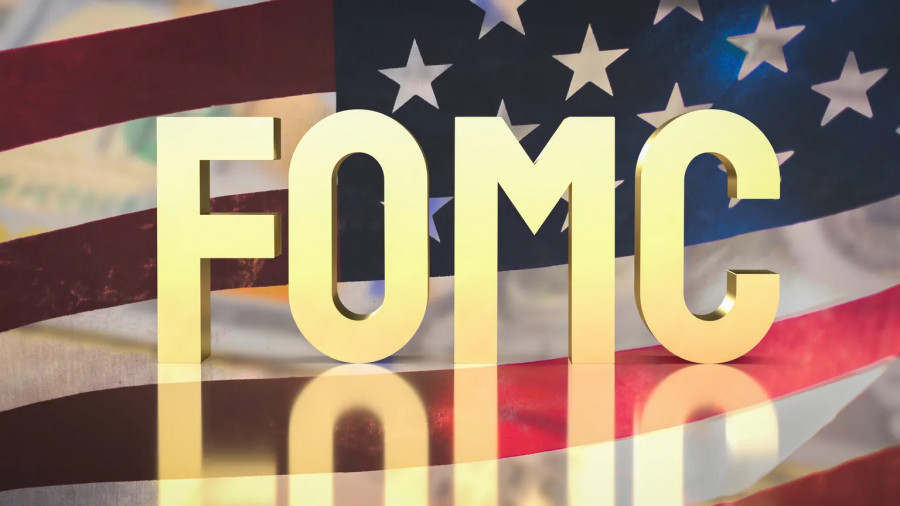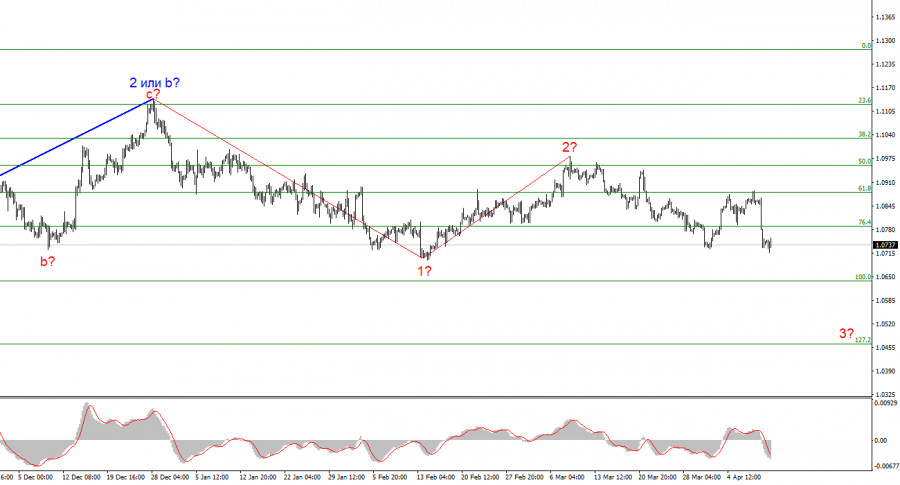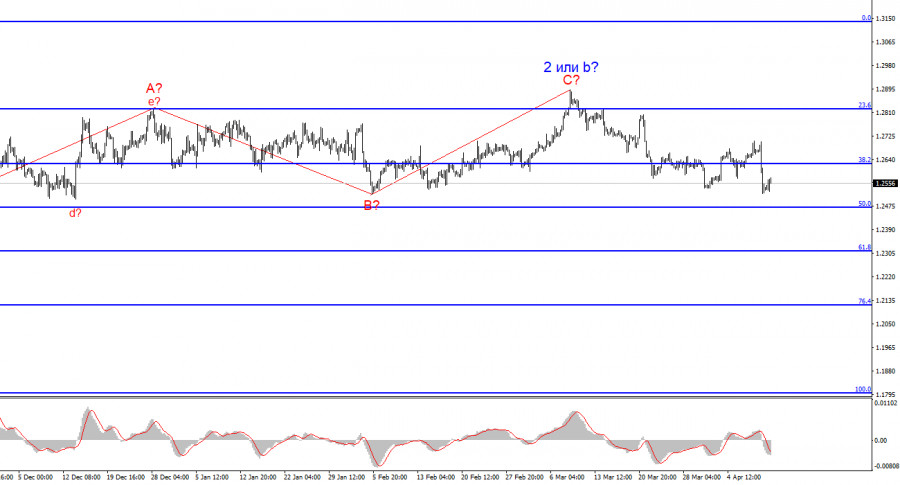

After the latest inflation report showed that US consumer prices accelerated to 3.5%, many major companies and banks issued their updated forecasts for the Federal Reserve's rate in 2024. But let's start dissecting this issue not with them, but with the CME FedWatch tool, which is considered the benchmark for determining market sentiment. Just a few weeks ago, the probability of Fed policy easing in June was 65%. This is actually not that high, just a bit more than the proverbial 50/50. But ahead of the release of the inflation data, the market became less optimistic. On Wednesday morning, the probability was already at 56%, and in the evening, it plummeted to 19%. Furthermore, markets are now pricing in a 38% chance of a rate cut in July. And even in September, the probability of a rate cut is only 45.6%! In other words, the market has drastically changed its expectations regarding the Fed's rate and is no longer anticipating any cuts in the next four meetings!
Such a dramatic pivot provides very strong support for the US currency. Certainly, one should not expect the US dollar to appreciate by 300-400 pips in a couple of weeks simply due to this factor. However, for the next six months, the greenback will receive an excellent basis to build its strength. I remind you that there's a 90% probability of a European Central Bank rate cut in June. Most economists agree that the ECB will cut rates at every other meeting. Therefore, by the time the US begins with its first rate cut, the ECB may have already conducted two rounds of rate cuts.

BlackRock analysts also consider inflation a major concern for the Fed, and they now expect the first rate cut to occur by the end of the year. Wells Fargo expects only two rate cuts this year, one each in Q3 and Q4. Service sector inflation is decreasing slowly, which will continue to have a prolonged impact on the overall inflation rate. Wells Fargo believes that several FOMC members will abandon their previous view of three or more rate cuts this year. The Wall Street Journal reported that inflation growth exceeding expectations for the third consecutive month is pushing the timing of the first easing to the end of 2024.
Wave analysis for EUR/USD:Based on the conducted analysis of EUR/USD, I conclude that a bearish wave set is being formed. Waves 2 or b and 2 in 3 or c are complete, so in the near future, I expect an impulsive downward wave 3 in 3 or c to form with a significant decline in the instrument. I am considering short positions with targets near the 1.0462 mark, which corresponds to 127.2% Fibonacci, as the news background remains in favor of the dollar. The sell signal we need near 1.0880 was formed this week.

The wave pattern of the GBP/USD instrument suggests a decline. I am considering selling the instrument with targets below the 1.2039 level, because I believe that wave 3 or c will start sooner or later. However, unless we can guarantee that wave 2 or b has ended, the instrument can still rise to the level of 1.3140, which corresponds to 100.0% Fibonacci. The quotes haven't moved far away from the peaks, so we cannot confirm the start of the wave 3 or c.
Key principles of my analysis:Wave structures should be simple and understandable. Complex structures are difficult to work with, and they often bring changes.
If you are not confident about the market's movement, it would be better not to enter it.
We cannot guarantee the direction of movement. Don't forget about Stop Loss orders.
Wave analysis can be combined with other types of analysis and trading strategies.